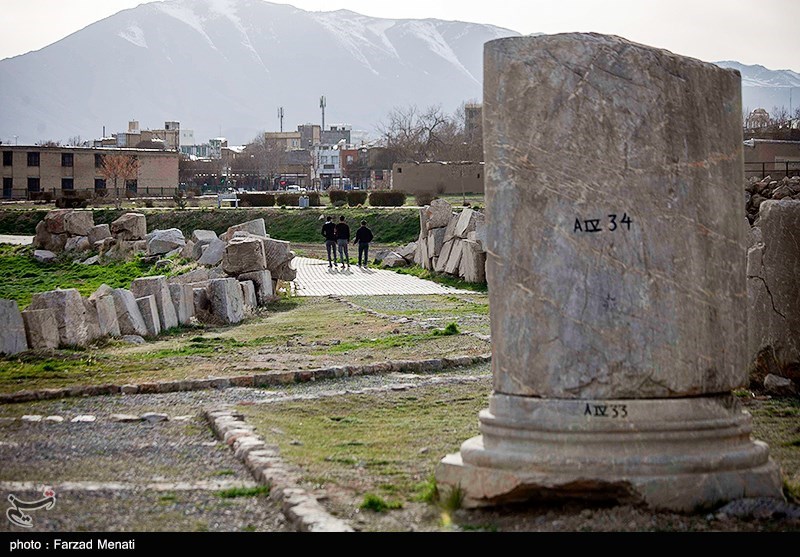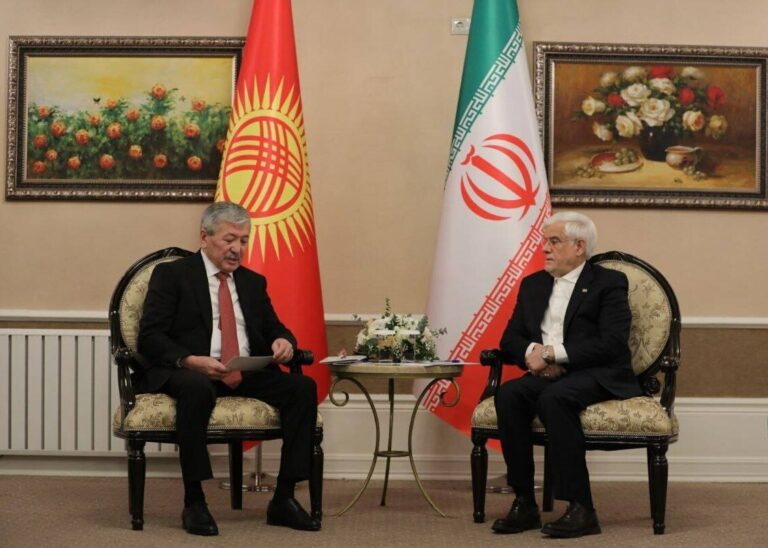Discover the Anahita Temple: Iran’s Hidden Archaeological Gem
Anahita Temple, a remarkable testament to ancient architecture, stands as the second most iconic stone structure in Iran, following Persepolis. Nestled on a natural hill, this temple showcases a stunning example of the platform construction method. With its rich historical significance and intricate design, Anahita Temple attracts visitors interested in exploring the depths of Persian heritage.
The temple is dedicated to Anahita, the ancient Persian goddess of water, symbolizing fertility, love, and friendship. Her role as the guardian of fountains and rain underscores the cultural importance of water in Persian rituals. The construction of Anahita Temple spans several significant periods in Iranian history, including:
- Achaemenid Era
- Parthian Era
- Sassanid Era
Some historians propose that the temple may also be linked to an unfinished palace of Khosrow II, dating back to the late Sassanid period. The architectural plan of Anahita Temple is predominantly foursquare, with each side resembling a platform. This unique design was achieved using the dry stone construction method, where stones are meticulously arranged without mortar, employing rubble masonry techniques and plaster.
The exterior facade of the temple is adorned with exquisitely carved stones, reflecting the artistic prowess of ancient artisans. Access to the building is facilitated through:
- Two-way stairways located in the southern section
- One-way stairway providing access from the northeastern part
Inside the temple, visitors will find a series of parallel columns that create a spacious area around and within the temple itself. The outdoor space is also framed by stone columns, enhancing the temple’s grandeur and aesthetic appeal. Notably, the proportion of the column height to diameter stands at an impressive three to one, a distinctive feature that sets Anahita Temple apart from other temples worldwide.
One of the engineering marvels of the temple is its water management system. Stone ditches have been ingeniously designed to channel river water to the central pond of the temple, showcasing the advanced engineering capabilities of that era. This intricate water stream system not only served practical purposes but also added to the temple’s spiritual ambiance.
As a vital part of Iran’s cultural and historical landscape, Anahita Temple invites travelers and history enthusiasts alike to delve into its ancient heritage. The temple’s architectural brilliance and mythological significance provide an enriching experience for those who visit.
Tourism to Anahita Temple contributes significantly to the local economy and helps preserve the rich history of Iran. Visitors can explore the temple’s surroundings, which are steeped in mythology and history, making it an ideal destination for those seeking to understand the depth of Persian culture.
In conclusion, Anahita Temple stands as a symbol of ancient Persian civilization, combining architectural innovation with rich cultural stories. Its dedication to the goddess Anahita emphasizes the importance of water in Persian life, while its stunning construction continues to inspire awe among visitors. As one of the most significant historical sites in Iran, Anahita Temple is a must-visit for anyone interested in the fascinating legacy of ancient Persia.
For those planning a visit, it is advisable to take guided tours, which can provide deeper insights into the temple’s history and significance. Additionally, visitors should prepare for a journey that not only explores the physical structure but also connects them to the spiritual and historical narratives of the ancient Persian people.
With its enchanting architecture and profound historical context, Anahita Temple is more than just a building; it is a bridge connecting the past to the present, inviting all to experience the wonder of ancient Persia.





